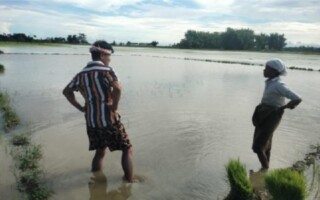
The complexity of the population-environment-climate change nexus calls for improved demographic projections which are key inputs to the integrated assessment systems that account for multisectoral, multiregional, and multiscale dimensions.
The demographic modeling of future populations by socioeconomic characteristics (age, gender, education, rural–urban residence, household structure) and spatial distribution allows us to generate knowledge on how the climate crisis intersects with ingrained economic and social inequalities and collaborate with decisionmakers to develop more inclusive and scalable solutions.
The Population Council contributes to the global population, environment, and climate change research communities. In the past, population size was the only demographic variable used in projecting environmental pollutants and greenhouse gas emissions. Today, researchers are modeling the impacts of multidimensional demographic indicators such as growth rates, age, gender, urbanization, education, household structures, and spatial distribution to meet the challenges of climate change mitigation and adaptation.
Scientists support the development of the socioeconomic scenarios of in Intergovernmental Panel on Climate Change (IPCC)—the Shared Socioeconomic Pathways (SSPs)—and the quantitative projections of demographic variables in the SSPs. These detailed demographic data and modeling tools are considered essential input to IPCC assessment reports, and other global socioeconomic and environmental assessments, most notably the proceedings of the annual global policy setting COP meetings, and the UN Sustainable Development Goals (SDGs).




